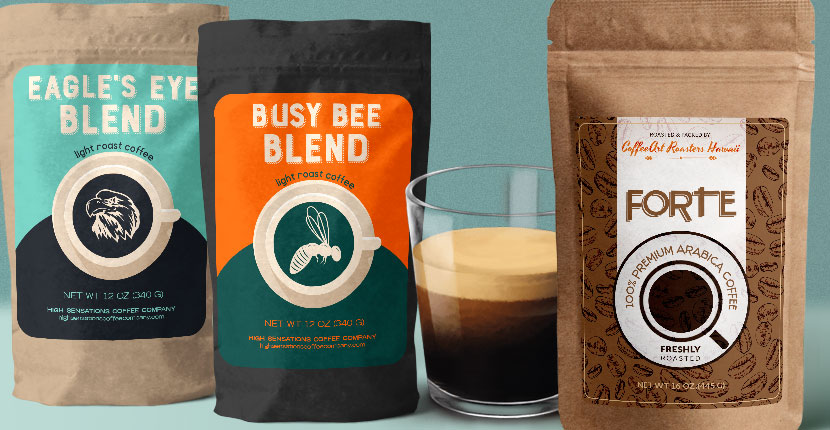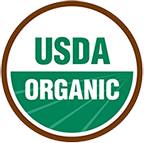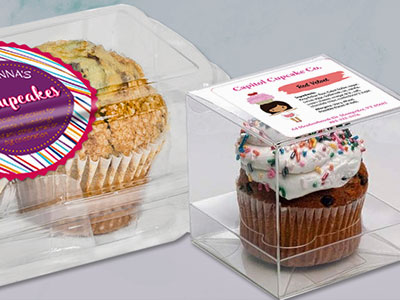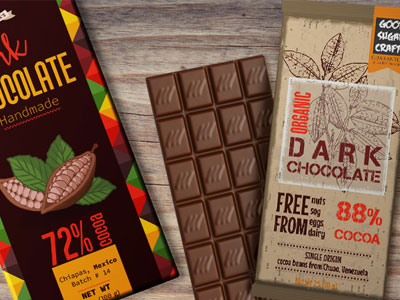Coffee taste depends on many factors, from the type of raw coffee beans, through roasting equipment and how finely the coffee is ground, to how long it is brewed. Many consumers are not familiar with the details of coffee production and how fine a line is between sour and delicious coffee. That’s why you, as a coffee producer, need to package and label your product properly to reflect its unique taste.
All coffee roasters and coffee shop owners need coffee labels. If you take a look at your favorite coffee brands and their food packaging labels, you’ll notice they all have eye-catching stickers in common. A lot of thought, research and effort was put into their coffee label design in order to attract new coffee drinkers and match the coffee producer’s visual identity with the product’s fresh, delicious taste.
What to Include on Your Coffee Label
Beverage and food labeling requires producers to follow strict regulations. Luckily for coffee manufacturers who produce and sell 100% pure coffee, they are exempt from the complex nutrition labeling process. The U.S. Food and Drug Administration states that there’s “an exemption for foods that contain insignificant amounts […] of all of the nutrients and food components required to be included in the nutrition label. Exempted foods include coffee beans (whole or ground), tea leaves, plain instant unsweetened instant coffee and tea […].” However, if your coffee product is not 100% pure, you are required to add the additional ingredients on the coffee label and state their percentage in the coffee blend.
The following information is required on all labels for coffee bags sold in the US:
- Name of the product
- Net weight
- Company information (name and address)
- Ingredients
- Barcode
There are different claims that you can add to the packaging, if they are true. For example, if your coffee blend is 100% organic, you can state that on the label and make your product more appealing to people who prefer organic food. Some other types of claims that are found on coffee bag labels are: fair trade, direct trade, single origin, premium quality, freshly roasted, medium roast, etc. If there’s enough room on the label, you can add a seductive description of your coffee product’s aroma, taste and texture.
Always place fully accurate information on your product packaging label, because labels should in no way confuse or mislead the consumers.
Coffee Label Elements Exposed
As already mentioned, there are certain rules about the types of information that can be placed on a coffee label. Some of this information is mandatory, and some can be placed only if certain conditions are met.
The following graphic explains mandatory label elements that are placed on the front of the coffee packaging, as well as those claims that most commonly appear on coffee labels. To be able to include a claim such as “premium quality”, “freshly roasted” or “organic”, coffee roasters and manufacturers need to obtain permissions from authority inspection and regulation agencies that decide whether the product meets requirements for those specific claims.
Embed this infographic on your website:

Embed this infographic on your website:
How to Create Perfect Labels for Your Coffee Product
Food Packaging Label Pros can help you pick the best coffee label for your needs, taking into consideration everything that could make the task challenging:
- uneven coffee bag surface (we’ll use flexible label stock with a permanent adhesive to smoothly adhere to the surface)
- small number of labels for many different coffee types or brands (we can place as many different labels on one sheet as you need)
- exposure to UV rays (we’ll make sure to use UV-resistant label stock or laminate to protect your food packaging label)
- low budget (we can use appropriate label material and printing method to accommodate your budget)
And not only that: we can advise or help you design your coffee label according to your preferences concerning color, font, artwork, glossy or matte look, and more.
Coffee tins with flat services are less demanding than coffee bags when it comes to printing. If you are using coffee tins, you can cut costs on professional printing and order blank self-adhesive labels that you can print using your home printer. Whichever way of printing you choose, make sure your coffee sticker design and message are a treat to the eye.
















 Do you have your own special ritual for drinking coffee? Most coffee aficionados do. But did you know that coffee drinking rituals also differ from country to country? For example, in some countries coffee is taken quickly like a shot, standing at the bar, while in other cultures coffee drinking is a ceremony that can take a couple of hours. If you often travel on business or for pleasure, you may want to get yourself acquainted with the
Do you have your own special ritual for drinking coffee? Most coffee aficionados do. But did you know that coffee drinking rituals also differ from country to country? For example, in some countries coffee is taken quickly like a shot, standing at the bar, while in other cultures coffee drinking is a ceremony that can take a couple of hours. If you often travel on business or for pleasure, you may want to get yourself acquainted with the 
